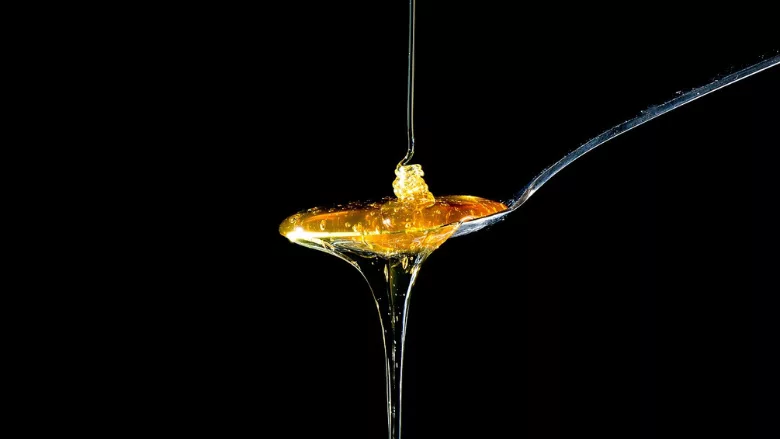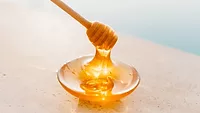FDA Finds Food Fraud Affected Three Percent of Imported Honey Samples in 2022–2023

Image credit: flo222 via Pixabay
Results of sampling and testing of imported honey for signs of food fraud conducted by the U.S. Food and Drug Administration (FDA) in 2022–2023 has revealed only 3 percent of samples to be violative.
This is a 7 percent decrease from 2021–2022 economically motivated adulteration surveillance data, which showed 10 percent of samples (14 of 144 samples). However, the two assignments were not designed for statistical comparison, says the agency.
FDA collected and tested 107 samples of imported honey from 25 different countries between April 2022 and July 2023 to determine whether they contained certain undeclared added sweeteners. Each sample was made up of three subsamples, with each subsample containing at least 240 milliliters or 8 ounces of honey. FDA field personnel collected either bulk or retail samples labeled as “honey.” Retail samples consisted of individual jars or other containers intended for retail sale. Bulk shipment samples were collected typically from barrels or drums, with the use of appropriate collection equipment and procedures.
The agency used Stable Carbon Isotope Ratio Analysis (SCIRA) to analyze the organic composition of each honey sample. When FDA found a subsample to have carbon isotope values atypical to those of authentic honey, the agency classified the associated sample as violative/noncompliant.
Overall, of the 107 import samples collected and tested, FDA found three import samples (3 percent) to be violative. The adulterated samples were imported from the Dominican Republic, Mexico, and Yemen.
When FDA found a sample to be violative, the agency took follow-up action to prevent further distribution of that violative honey shipment into the U.S. market. All adulterated samples resulted in refusal of entry for that shipment into the U.S. Additionally, FDA increased screening and surveillance sampling or placed the associated company and product on Import Alert (IA) 99-47.
Looking for quick answers on food safety topics?
Try Ask FSM, our new smart AI search tool.
Ask FSM →









